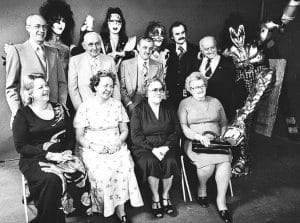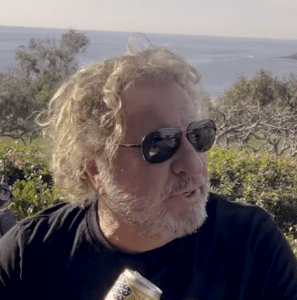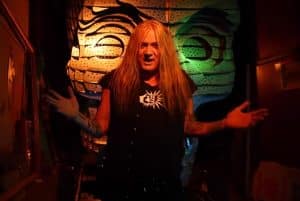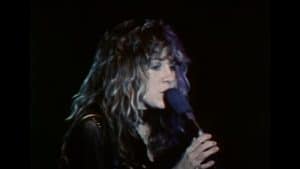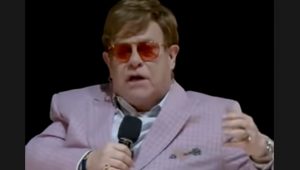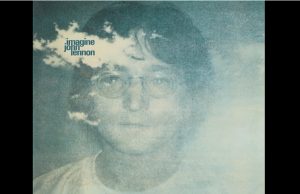10 Hard-Hitting Jethro Tull Songs
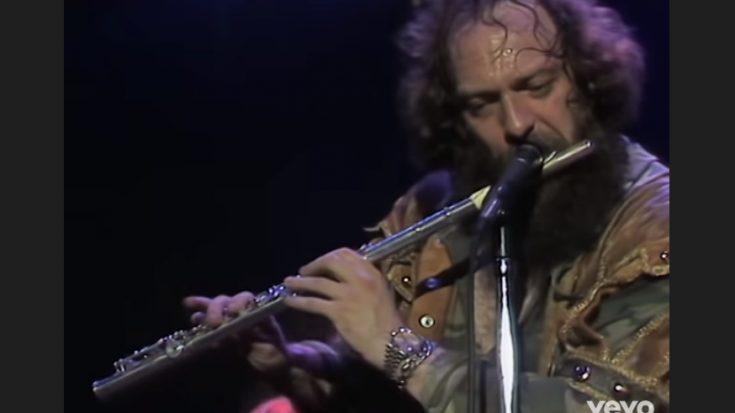
Jethro Tull performing Locomotive Breath live, 1982 - Jethro Tull / Youtube
Jethro Tull, the legendary band led by the iconic Ian Anderson, might not be the first name that comes to mind when you think of hard rock. Their diverse sound, blending prog rock with folk and even venturing into Christmas music, has often led to underestimation of their heavier side.
Remember the 1989 Grammys? When Jethro Tull’s Crest of a Knave unexpectedly won Best Hard Rock/Metal Performance, leaving Metallica and other metal giants in the dust? It may have been a hilarious moment, but it also highlighted a truth: Jethro Tull, especially in their early years, packed a serious punch.
While they might not reach the sheer heaviness of Black Sabbath, Jethro Tull’s music from the early 70s showcased a potent blend of progressive rock, folk, and some of the most aggressively catchy hard rock riffs of their era.
This list dives into that heavier side of Jethro Tull, exploring 10 of their most hard-hitting songs, focusing primarily on their first decade of music, the period most prized by fans of heavy rock.
10. “Saturation” (War Child, 1974)
Jethro Tull’s “Saturation” exemplifies the band’s brilliance even in their outtakes. This track, cut from their 1974 album War Child, is a quirky blend of bluesy riffs, intricate drums, and unexpected twists. It seamlessly transitions from heavy guitar sections to eerie synth passages and marching snares, showcasing their musical versatility.
Anderson’s lyrics, though undeniably heavy, veer into the humorous with lines like “They burned my books and they broke my car / And gave the dog to a man who used him for breeding,” adding an unexpected layer to the song’s already dynamic nature.
9. “To Cry You a Song” (Benefit, 1970)
“To Cry You a Song” is a thunderous showcase of the powerful guitar work of Martin Barre, a master of bluesy and intense riffs. This energetic track from their 1970 album Benefit features Barre’s signature style throughout.
The main riff, with its layered harmonies, builds a powerful foundation, while his lead lines, cleverly stacked and panned, deliver a distinct “70s rock” sound, adding an undeniable edge to the song.
8. “Cat’s Squirrel” (This Was, 1968)
While Jethro Tull’s later work embraced diverse influences, their debut album, This Was, showcased a more raw blues-rock sound driven by guitarist Mick Abrahams. The instrumental track “Cat’s Squirrel” perfectly exemplifies this approach.
This energetic number, popularized by both Cream and the TV show Doctor Ross, allows Abrahams to shine. His guitar work takes center stage, culminating in an extended and powerful solo section that showcases his talent and sets the tone for the band’s early years.
7. “No Lullaby” (Heavy Horses, 1978)
It may not be as overtly heavy as the album This Was, but Jethro Tull’s “No Lullaby” utilizes a different approach to create a sense of unease and tension. Barre’s guitar work takes center stage, filling the space with haunting, distorted notes, and rhythmic chiming.
The rhythm section creates a dynamic contrast, transitioning between a slow crawl and sudden bursts of energy, further building suspense. Anderson’s vocals, delivered in a gravelly tone, add another layer of intrigue as he delivers ominous warnings, channeling the essence of an ancient foreboding text.
6. “Urban Apocalypse” (Stormwatch, 1979)
Despite its deceptive opening with a classical piano and gentle percussion, “Urban Apocalypse”, a hidden gem from Jethro Tull’s 1979 album Stormwatch, quickly reveals its true heavy prog nature. Anderson’s vocals shift from delicate synthesizer and clean guitar passages to unleashing raw energy, belting out lines like “You hold the reins of the apocalypse” with maniacal intensity.
Barre’s guitar work mirrors this shift, laying down powerful riffs that navigate the song’s dynamic tempo changes with unrestrained enthusiasm, transforming this track into a true prog rock masterpiece.
5. “Hymn 43” (Aqualung, 1971)
“Hymn 43” from Jethro Tull’s iconic album Aqualung showcases the band’s ability to seamlessly blend acoustic elements with powerful riffs. Anchored by the driving piano of John Evan and Barre’s memorable palm-muted riff, the song builds intensity and tension.
Anderson’s vocals reach their dramatic peak as he delivers scathing commentary on religious hypocrisy, belting out lines like “If Jesus saves, well, he better save himself / From the gory glory-seekers who use his name in death.” This track perfectly captures the album’s diverse sound, balancing acoustic reverence with lyrical critique and sonic power.
4. “Aqualung” (Aqualung, 1971)
A cornerstone of Jethro Tull’s live shows, “Aqualung” is a well-deserved staple despite never being released as a single. Ian Anderson himself explains the reason: “It was too long … too episodic.” Indeed, the song seamlessly weaves powerful guitar riffs with gentle acoustic interludes, creating a dynamic and multifaceted experience.
However, even the seemingly lighter moments are tinged with subtle darkness and drama. Barre’s contributions further solidify the song’s depth: from the almost demonic opening riff to the electrifying solo in the middle section, his guitar work masterfully complements the narrative and adds another layer of captivating intensity.
3. “Minstrel in the Gallery” (Minstrel in the Gallery, 1975)
“Minstrel in the Gallery” might not grab you immediately with heavy riffs. The opening two minutes showcase the band’s beautiful folk side, a section worth savoring despite the temptation to skip ahead for the heavier material. However, the song takes a dramatic shift after those initial moments, transforming into a true progressive rock masterpiece.
Distorted and dissonant riffs take center stage, accompanied by Anderson’s powerful vocals, the driving force of Evan’s Hammond organ, and Barlow’s relentless drumming. This unexpected shift showcases the band’s versatility and their ability to deliver both serene melodies and electrifying soundscapes within a single song.
2. “For a Thousand Mothers” (Stand Up, 1969)
Unlike many songs in their repertoire, “For a Thousand Mothers” injects a dose of psychedelic rock into Jethro Tull’s sound. This closing track from their sophomore album, Stand Up, explodes with a flurry of fast-paced guitar riffs and shimmering cymbals.
Anderson’s angsty lyrics, seemingly focused on a generational clash between a rebellious youth and their parents, add another layer of intensity to this dynamic track. Lines like “Did you hear father / Calling my name into the night / Saying I’ll never be what I am now?” capture the frustration and angst of this potential family conflict, further fueling the song’s energetic and emotional delivery.
1. “A New Day Yesterday” (Stand Up, 1971)
The opening riff of Jethro Tull’s “A New Day Yesterday” deserves legendary status. Martin Barre’s heavy guitar line, thick with fuzz, rivals the likes of “Whole Lotta Love” and should be prominently played and displayed in every Guitar Center.
Yet, this gem remains a hidden treasure in Stand Up. The song is a perfect blend of raw energy: Barre’s fuzzy riffs, Anderson’s soaring flute and harmonica, and the driving rhythm section of Clive Bunker on drums and Glenn Cornick on bass create a captivating and powerful listening experience.




